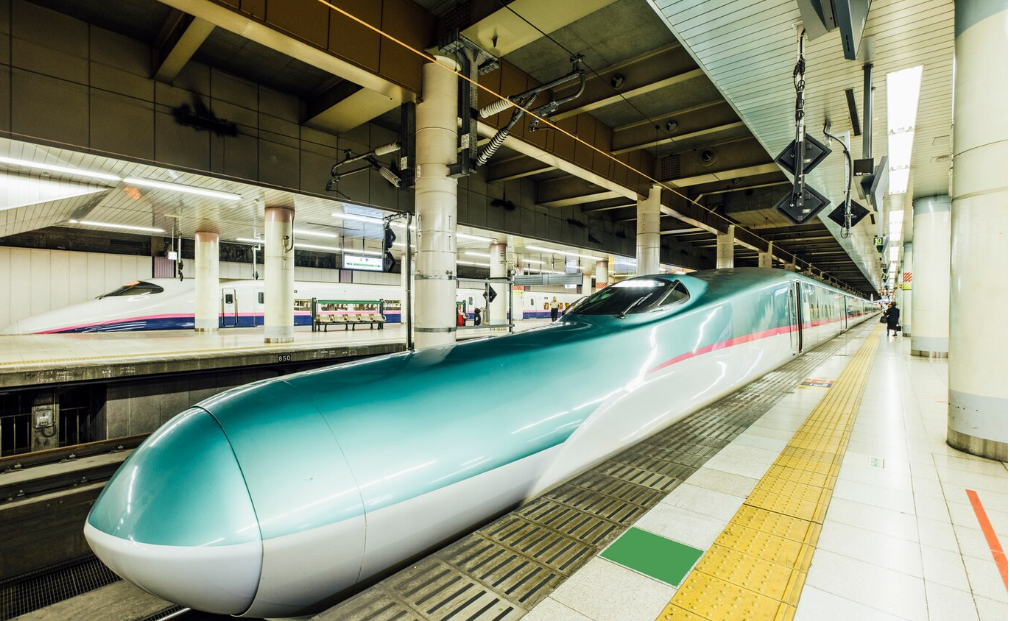All the time, there are incidents in which workers or specialists fall from height, and the safety measures for such cases are inadequate and not of a satisfying level. Therefore, scaffolding systems provide an effective formula and help you eliminate all risks.
Introduction
Whether working on a new construction project or performing repairs on an existing one, Scaffold is always the best alternative for safe and stressless work on height. Not only does it provide a stable platform to work from, but it also helps to protect workers from potential falls.
In addition, a scaffold help supports various types of equipment, such as ladders, during repair or construction projects. These makes it possible for workers to focus on their tasks without worrying about their safety.
When choosing a scaffolding system for your next project, select one made from high-quality materials, and designed for the specific task. With so many options available, there’s no excuse not to find the perfect scaffolding system for your needs.
Two types of Scaffolding
scaffolding is a temporary structure used to support people and materials during the construction or repair of a building. There are two main types of Scaffolding:
1. Suspended Scaffold- consists of one or more platforms suspended by ropes or other means from an overhead structure. It is typically used for external facade work, painting, and decorating.
2. Supported Scaffold – consists of one or more platforms supported at each end by vertical supports called uprights. The uprights are connected at intervals by horizontal members called ledgers, transoms, and bearers. Supported Scaffolding is used for general internal construction work and maintenance.

When to use a scaffolding system?
When working on a construction project, the scaffold can be a valuable tool to help ensure the safety of workers. This tool is used for various tasks, such as painting, finishing, or repairing buildings. It is essential to know when to use it and how to set it up and take it down safely.
Other modern types of scaffolds are suspended, mobile, and fixed. Suspended Scaffolding is used when workers need to be able to move around freely, such as when painting the exterior of a building. Mobile Scaffolding is mounted on wheels and can be moved from one location to another. Fixed Scaffolding is attached to the building and cannot be moved until the construction work is done.
When choosing a scaffolding system, it is essential to consider the type of work that will be done and the weight of the materials that need to be supported. For example, heavier materials require a more robust system than lighter materials. It is also good to consider the height of the work area and whether there will be issues with the Scaffolding. Once these factors have been considered, you can choose the best type of scaffold system for your project.
Characteristics of a scaffolding system
There are many reasons why using a scaffold system is the best alternative for working on heights, but four key characteristics stand out:
- The scaffolds provide a safe and stable platform for workers to stand on while they complete their tasks, which is critical to avoid accidents and injuries.
- Scaffold systems are easy to set up and take down, minimizing stress and disruption for workers and businesses.
- The scaffolds accommodate different work tasks and heights, which can be used in various situations.
- The scaffold is a cost-effective solution that can save businesses money in the long run.
Advantages and disadvantages of a scaffolding system
A scaffold system is a structure that helps workers to complete tasks at height safely and without stress. It consists of a platform, typically made of wood or metal, supported by tubes, clamps, and other supports.
Scaffolding systems have many advantages over traditional methods of working at height, such as ladders and scaffolds. They are much more stable and secure, meaning there is less chance of accidents. They are also easier to set up and take down, making them ideal for use in many situations.
There are some disadvantages to scaffolding systems, however. They can be more expensive than traditional methods of working at height and can also be disruptive to business operations if not used correctly. In addition, scaffolding systems can present a trip hazard if not installed correctly.
Safety measures against the collapse of the Scaffolding
A Scaffolding-System is the best alternative for safe and stressless work on height. It offers the following six safety measures against a failure of the Scaffolding:
1. A strong and stable construction
2. The ability to quickly and easily set up the system
3. Ease of use
4. Safe access to the working area
5. Protection against falling objects
6. A high level of security
Conclusion
A scaffold system is the best alternative for safe and stressless work on height, and it offers various advantages over other methods, such as ladders or cherry pickers. A scaffolding system is more stable, can be adjusted to the worker’s specific needs, and offers a variety of safety features.
When working on heights, safety is of the utmost importance. A scaffold system is the best way to ensure a safe and stress-free work environment.
Last Updated on October 14, 2022 by kingstar






Nice Article you have here. I have learn one of two things from this. Please save my contact details, I would like to receive emails for other blog like this.
Unique content you have here. Thanks for sharing this